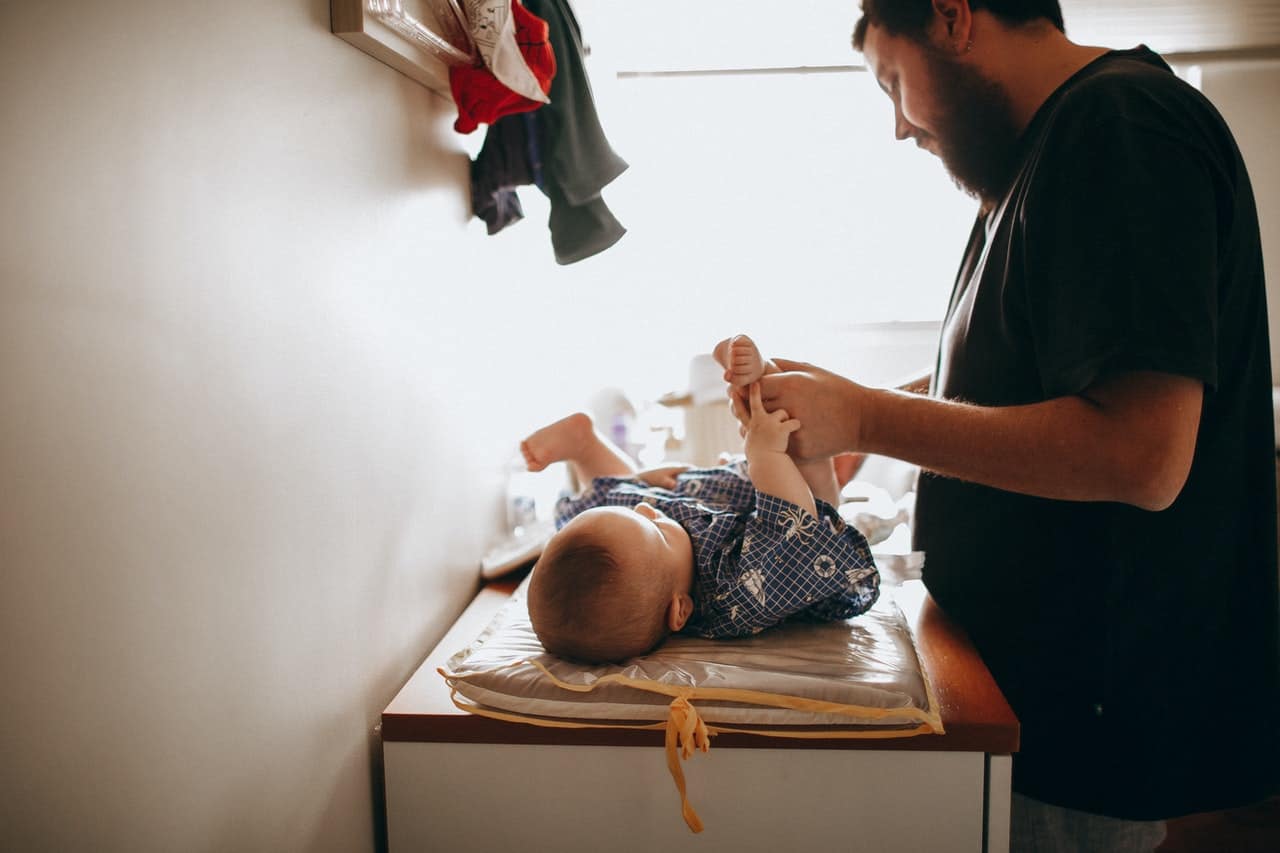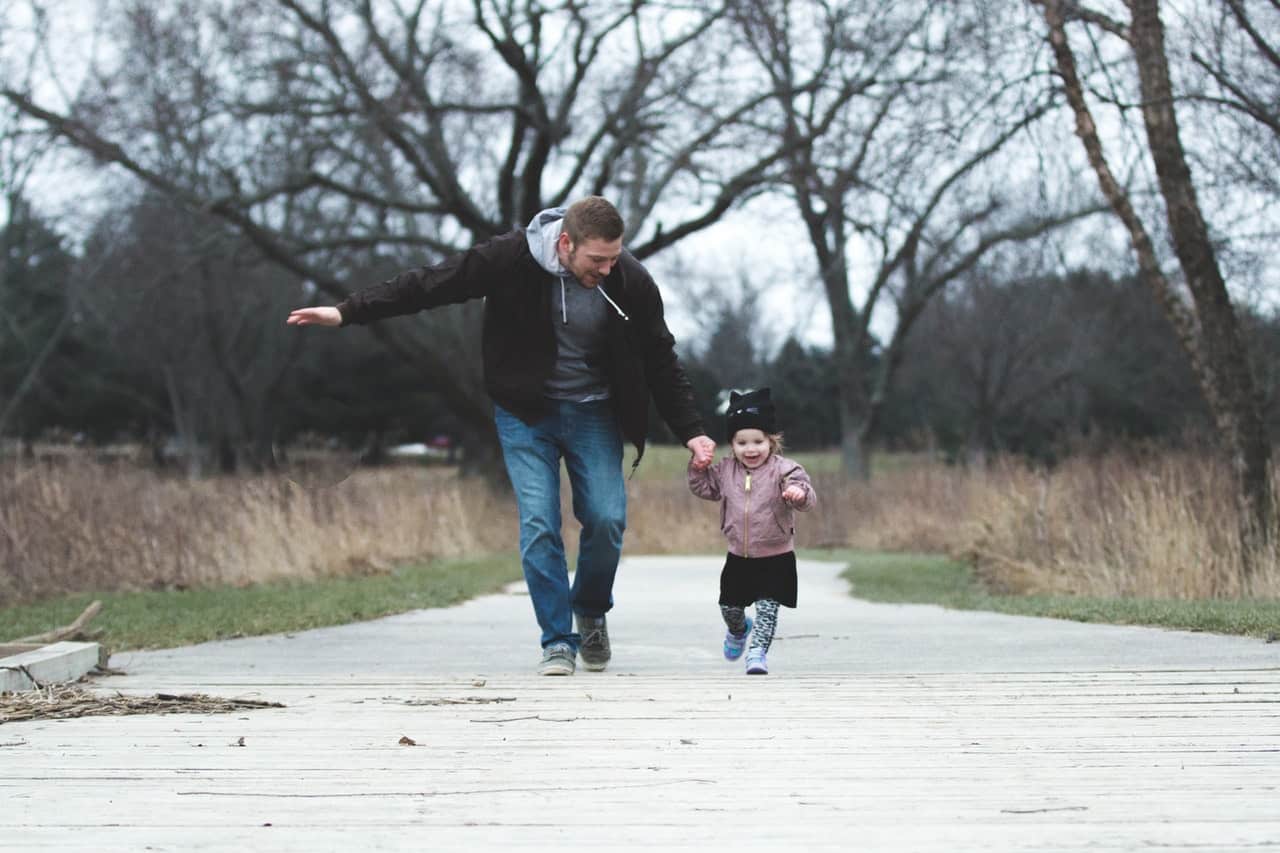Sleep and naps are crucial to a baby’s brain and body development. They are important for learning, memory, and motor skills. They are also significant for the regulation of emotions and maintenance of positive social interactions.
Babies go through a number of nap transitions during the first few years of life. Over time, they go from consolidating sleep into actual naps, to going from three to two naps, then from two naps to one, and not having any naps at all.
The regulation of sleep changes with time. As babies grow, they begin to require longer hours of wakefulness with longer spaces between naps. Sleep patterns vary uniquely with every child, but there are general clues at each transition stage in the early years of a baby’s life.
When Do Babies Consolidate Naps?

Babies consolidate naps as they age. However, not all babies are able to do this as easily as others. Some begin this process early (4 to 6 weeks), while others take a much longer time (5 to 6 months). Nap consolidation is dependent on unique growth and development patterns, temperament and natural rhythms of a child.
Parents should adapt their schedules to these nap changes to make sure that their children are getting enough rest during nap time. Enough quality sleep, including daytime sleep in the form of naps, is one of the most important factors for proper brain development in children. Although there is no rigid formula to predict a child’s naps, having a general idea can help parents develop a rhythm into their children’s sleep routine.
The number of naps a baby needs depends on his age. Following are age ranges corresponding to the typical nap stages. However, not all babies follow the same pattern, as each would have his own sleeping habits.
Birth to 3 Months

Newborns need to feed every 2 to 3 hours, so they take a lot of short naps throughout the day. Total nap time is highly variable, with frequent sleeping all day and frequent waking all night. But as they grow, short naps should begin to consolidate into several longer naps.
3 to 6 Months
At about 12 weeks of age, newborns begin having a regular and more predictable nap routine. They will start taking three to four naps throughout the day, for a total of 3 to 4 hours nap time. It is normal for each day to be a bit different at this stage.
6 to 9 Months

During this stage, babies consolidate their naps from three times down to two (one in the morning and another in the afternoon) for 1 to 2 hours each. Some characteristic behaviors during this stage include:
- Falling asleep during daytime car rides
- Resisting a nap but always ending up sleeping for at least 1 hour
- Missing naps when outside but takes two good naps when at home
10 to 18 Months
Most babies are ready to drop the second nap at this age, leaving only one nap (usually in the early afternoon) for 1 to 2 hours. Signs that a child may be ready to adjust to one nap daily include:
- Playing or fussing after being put down for a nap, then takes only a short nap or none at all
- Does not fall asleep during daytime car rides
- Being happy and energetic despite missing a nap
18 Months to 6 Years

This can be a difficult transition phase, to drop the nap altogether, and can take as long as 6 to 8 weeks. Some children become irritable and cranky when they don’t get enough sleep at night because they had a midday nap. When a child is able to sleep well at night, a catch-up nap during the day is no longer needed.
Signs that a Baby is Ready to Skip a Nap
It is recommended to wait until a baby starts skipping a nap for at least four days a week, for two weeks. This is a sign that a baby is ready for the next transition. Other signs to watch out for include problems at night and interference with bedtime due to a nap.
Tips on How to Schedule Naps

At about 3 to 4 months of age, a nap schedule can be followed to better manage and predict a baby’s sleep pattern. However, as babies grow, these schedules should also be adjusted according to their needs.
Know Sleep Patterns
Having a sleep log can help in scheduling naps by showing the times when a baby usually sleeps. Keeping track of how much time a baby can handle being awake, which varies depending on age, is also helpful.
Take Care of Essential Needs

Essential needs such as feeding and changing diapers should be met prior to initiating a nap. Sleep will be easier and longer if a baby is not hungry or wet.
Watch for Sleep Signs
Sleep signs are cues that a baby is tired and signal the need for a nap. Watching out for presence of these signs can help in the timing of scheduled naps. These nap time cues include the following:
- Rubbing of the eyes
- Fluttering of eyelids
- Yawning
- Lack of interest in feeding
- Getting fussy
- Decreased alertness
- Change in overall mood
Develop a Nap Ritual
Nap rituals reinforce natural circadian rhythms and helps a child wind down and be prepared to rest. It could be a simple song, story, massage, or cuddle, that signals the time for a nap. An effective nap routine should be similar to the bedtime routine, and followed as closely as possible at every nap time.
Set the Ambiance for Sleep

Putting a baby in a dark, quiet room helps encourage a nap. Ensure that the temperature is neither too hot nor too cold. Having a safe and consistent place to take a rest (own bassinet or crib) also helps babies sleep better during nap time.
Stick to the Schedule
Consistency is key to scheduling naps. Babies should be able to nap at about the same time each day. Avoid activities that would interfere with a baby’s nap time.
Do not Rush at the First Noise

If a baby fusses during naps, it is prudent to wait a few minutes to check if he is able to go back to sleep. Babies who are older than 3 months are able to do self-soothing. If the fussing continues, see if the baby can be calmed without being picked up.
Avoid Stressing Over Nap Interruptions
It is inevitable for naps to be delayed or skipped at some time. Occasional interruptions are entirely normal and should not be considered harmful to a baby’s development. Adjust as needed as children’s sleep schedules change over time.
Stay Active Between Naps

Keeping a baby active when awake can help him get ready to rest at nap time. Pick activities that keep a child engaged and burn his energy.
Do not Sacrifice Naps
Sacrificing naps for a good night’s sleep is not recommended. An overtired baby will have increased levels of stress hormones, such as adrenaline and cortisol, making it harder for them to fall into sleep.
Final Thoughts
With all the different nap transitions, it is inevitable for rough days to happen. Each baby is different and napping patterns will vary over time. Staying consistent with routines and naptime habits can make nap transitions and schedules more manageable for every parent.